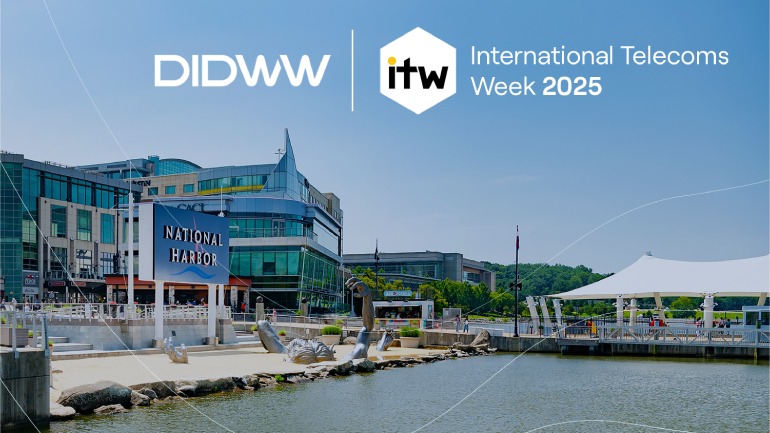Colt Technology Services is redefining its strategy by divesting eight European data centers to NorthC and a UK-based company, enhancing its focus on digital infrastructure and global network services. This shift aligns with evolving AI and cloud computing demands. Colt’s seamless transition ensures uninterrupted VOIP and connectivity services for its clients.
The FCC has approved AT&T and AST SpaceMobile to test direct-to-cell satellite connectivity for FirstNet. This initiative aims to enhance public safety communications by extending reliable service to remote and disaster-affected areas through low Earth orbit satellites.
The European Telecommunications Standards Institute (ETSI) is driving the future with its groundbreaking report on 6G networks. The focus on Integrated Sensing And Communications (ISAC) promises to revolutionize industries by blending communication with sensing technology.
Nvidia’s initiative to establish AI infrastructure in the US signals a pivotal shift in cutting-edge technology manufacturing, partnering with TSMC, Foxconn, and Wistron. By building AI chips and supercomputers, Nvidia positions itself at the forefront of the AI economy, promoting localized production.
Vodafone is pioneering an innovative use of its mobile network by conducting a trial in the River Severn area for short-term rainfall prediction, known as nowcasting. By collaborating with Wireless DNA, Vodafone analyzes signal data affected by rain, which can enhance weather forecasting accuracy beyond traditional methods.
DIDWW, a global telecom provider, will showcase its advanced voice and messaging solutions at International Telecoms Week 2025. As a Gold Sponsor, the company will highlight its extensive phone number coverage, cloud PBX platform, and commitment to empowering seamless worldwide communication for businesses.
FCC Chairman Brendan Carr has warned EU nations about growing reliance on Starlink, highlighting risks of over-dependence on a single satellite provider. European officials share concerns, especially as geopolitical tensions rise. While local alternatives like OneWeb emerge, the EU faces tough challenges in securing technological autonomy.
Ericsson is transforming enterprise connectivity with its wireless-first architecture, combining 5G, WiFi 7, and satellite support. Designed for AI-driven operations, the solution offers resilient, secure, and scalable networks. Centralized management simplifies complex setups, enabling businesses to harness AI.
AI and mobile technologies are set to add $2 trillion to China’s economy by 2030, making up 8.3% of its GDP, according to the GSMA. Driven by 5G and AI integration across industries, especially manufacturing.
MediaTek’s new Dimensity 9400+ chip revolutionizes Android devices with advanced AI capabilities, boosting power efficiency and gaming performance. Its All Big Core CPU architecture, featuring the Arm Cortex-X925, Cortex-X4, and Cortex-A720 cores, ensures seamless performance.













